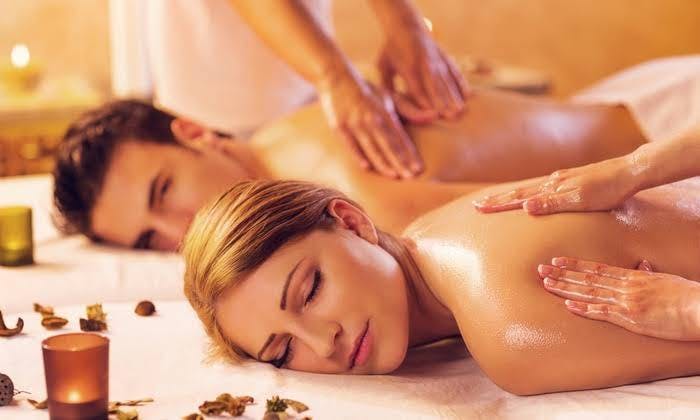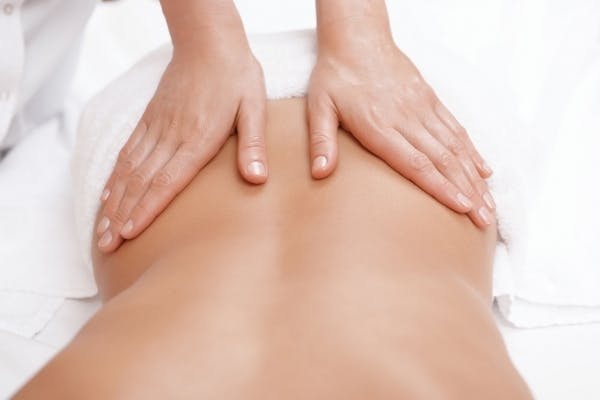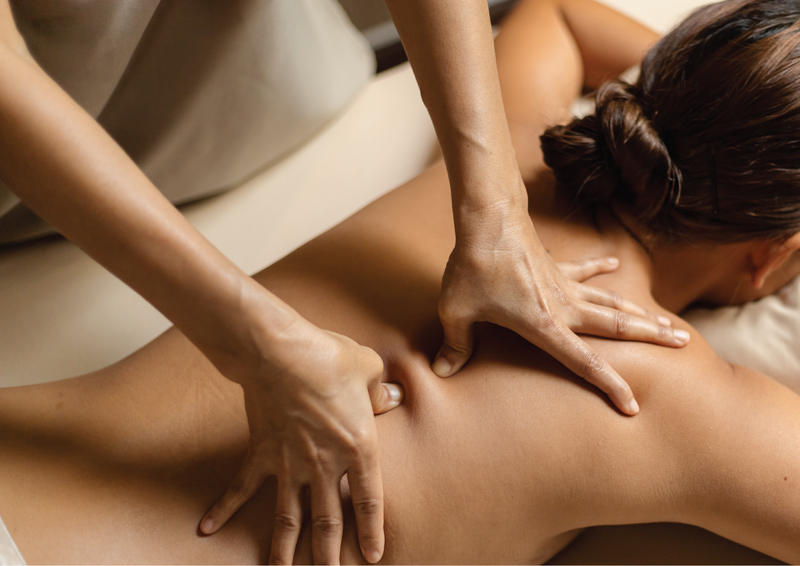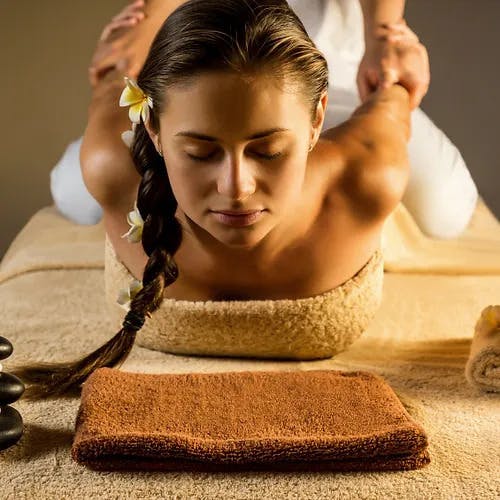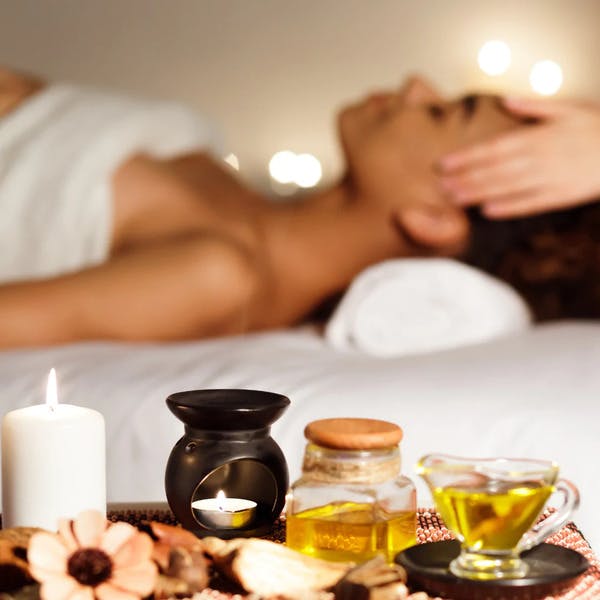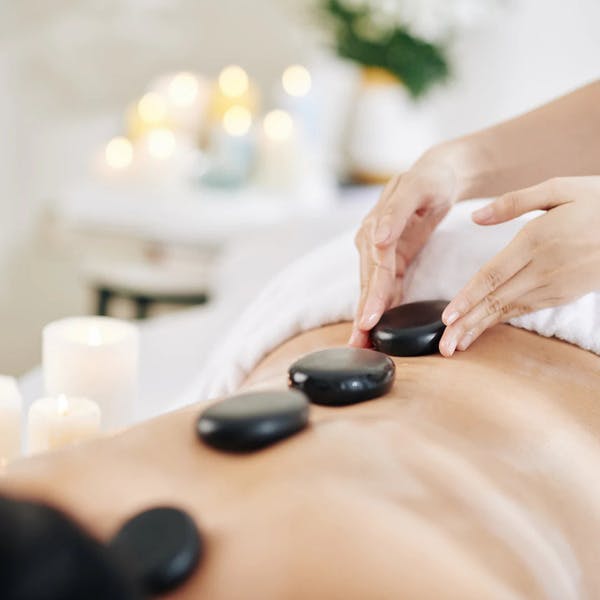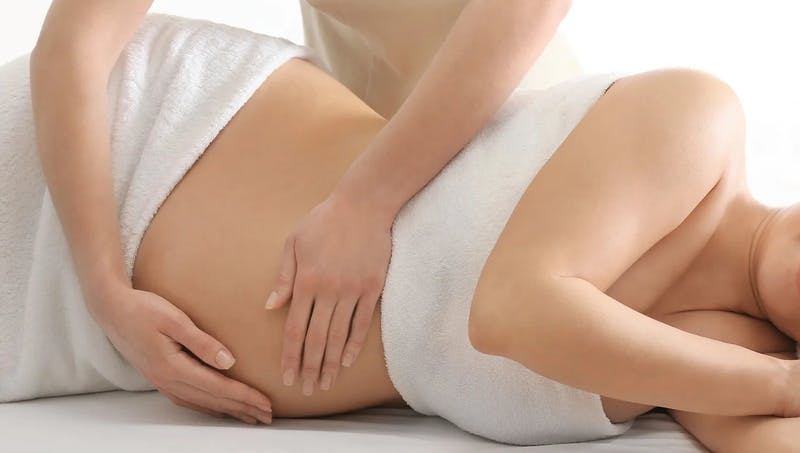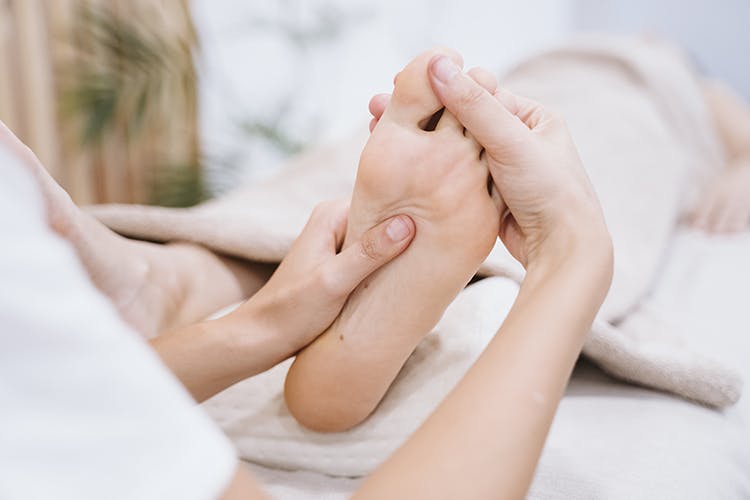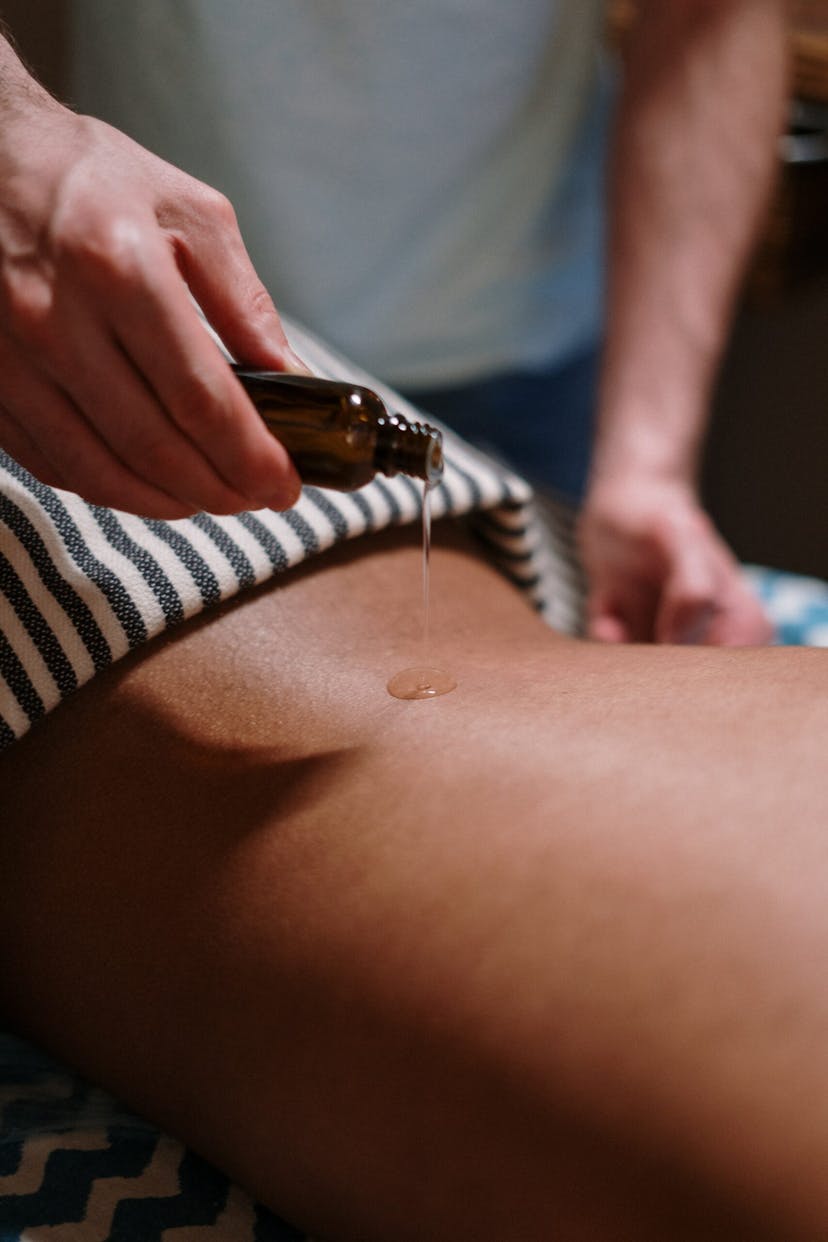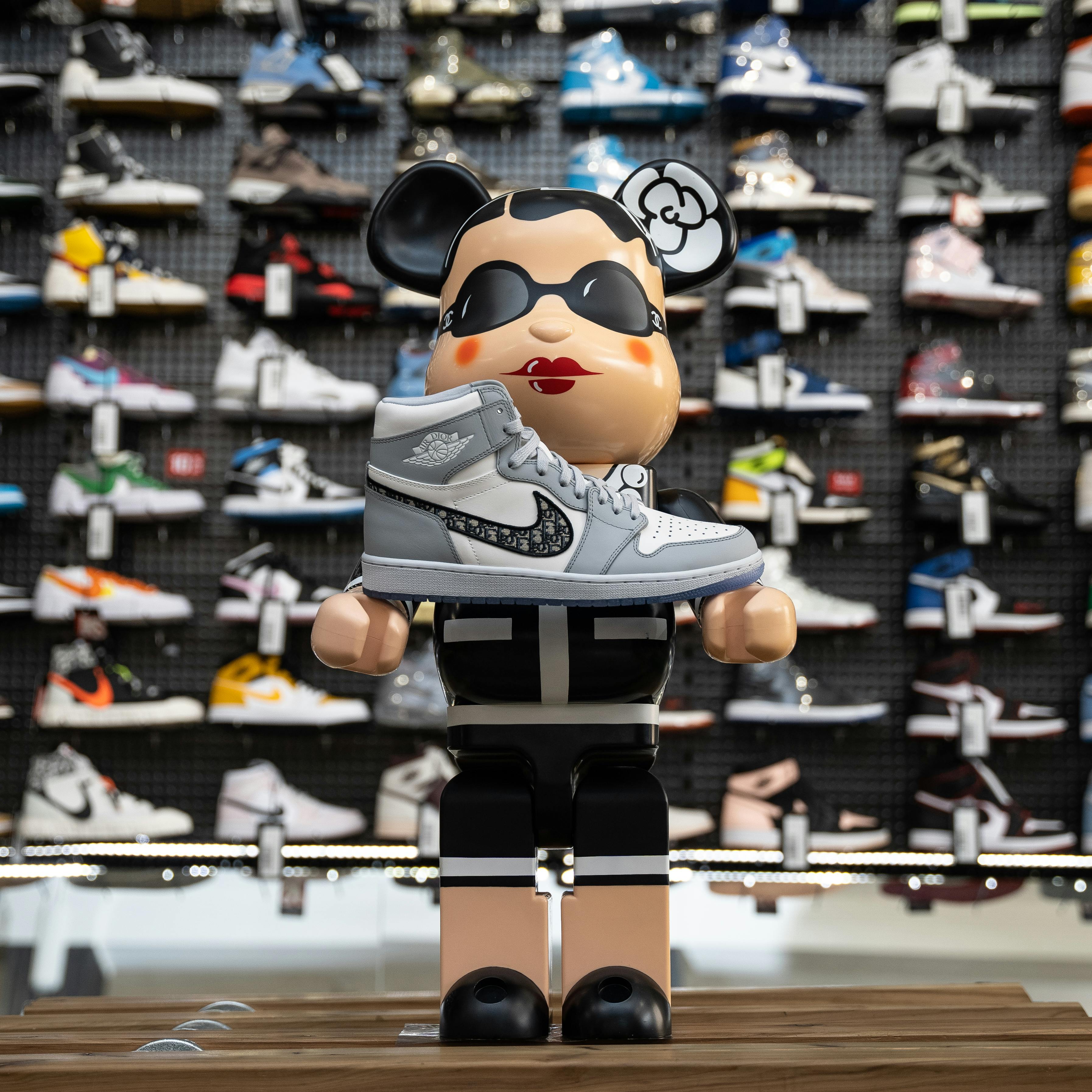Full Massage Services
What Is Thai Massage?
Thai massage is a type of massage that originated in Thailand and is based on the principles of traditional Thai medicine. It involves the use of hands, feet, and elbows to apply pressure to specific points on the body in a series of rhythmic movements.
Thai massage is often described as being similar to yoga, as it involves stretching and manipulating the body into various positions. It is typically performed on a mat on the floor, with the person receiving the massage fully clothed.
Thai massage is believed to have a number of health benefits, including improving flexibility and range of motion, reducing muscle tension and stiffness, and boosting circulation. It is also thought to help improve energy flow and balance within the body, as well as promote relaxation and stress relief.
Thai massage is often considered to be a holistic approach to health and well-being, as it takes into account the physical, emotional, and spiritual aspects of an individual.
Benefits Of Thai Massage
Thai massage is believed to have a number of health benefits, including: Improving flexibility and range of motion: Thai massage involves a series of stretches and manipulations of the body, which can help to increase flexibility and improve range of motion.
- Reducing muscle tension and stiffness: The deep pressure and stretching techniques used in Thai massage can help to release muscle tension and stiffness.
- Boosting circulation: Thai massage can improve circulation by helping to stimulate blood flow and improve the functioning of the lymphatic system.
- Improving energy flow and balance within the body: Thai massage is based on the principles of traditional Thai medicine, which view the body as having a network of energy pathways that need to be balanced in order to maintain overall health and well-being. Thai massage is thought to help restore balance to these energy pathways.
- Promoting relaxation and stress relief: Thai massage is often described as being very relaxing , and many people find it to be an effective way to manage stress and promote a sense of calm and well-being.
It's important to note that while Thai massage is believed to have these health benefits, there is limited scientific evidence to support these claims. As with any form of massage, it's always a good idea to speak with a healthcare professional before starting a new massage therapy regimen.
What Does a Full body Thai Massage Consist Of
A traditional Thai massage is a full-body massage that typically lasts for about two hours. It is done on a mat on the floor and the therapist uses their hands, feet, legs, and knees to apply pressure to the body.
The therapist will typically start with the feet and legs and then work their way up the body, applying pressure to various pressure points along the way. The massage may also include stretches and compressions to help increase flexibility and range of motion.
During a Thai massage, the therapist may use a variety of techniques, including rolling, kneading, and pressing. The therapist may also use their palms, fists, elbows, and knees to apply pressure to specific areas of the body.
The massage is typically done with the client wearing loose, comfortable clothing. It is important to communicate with the therapist about any areas of the body that should be avoided or that are particularly sensitive.
Do You Wear Clothes during Thai Massage?
In Thai massage, it is common for the therapist to work on the recipient's body through loose, comfortable clothing, such as yoga pants and a t-shirt. The therapist may also use oil or lotion on the recipient's skin during the massage.
It is important to wear clothing that allows for a full range of movement and that is comfortable for the duration of the massage. It is also important to communicate with the therapist about any clothing preferences or concerns before the massage begins.
Massages
Spa Facials
Room Themes
Experience our unique themed treatment rooms, available at both our South Yarra and South Melbourne locations. Each room is designed to transport you to a different realm—from tranquil oceans to blooming dreams or the Spirit of Thai—offering a truly immersive escape and ultimate relaxation.South Yarra
South Melbourne
CONNECT WITH US 🎉
- Sign up to be notified of exciting deals and our latest news


